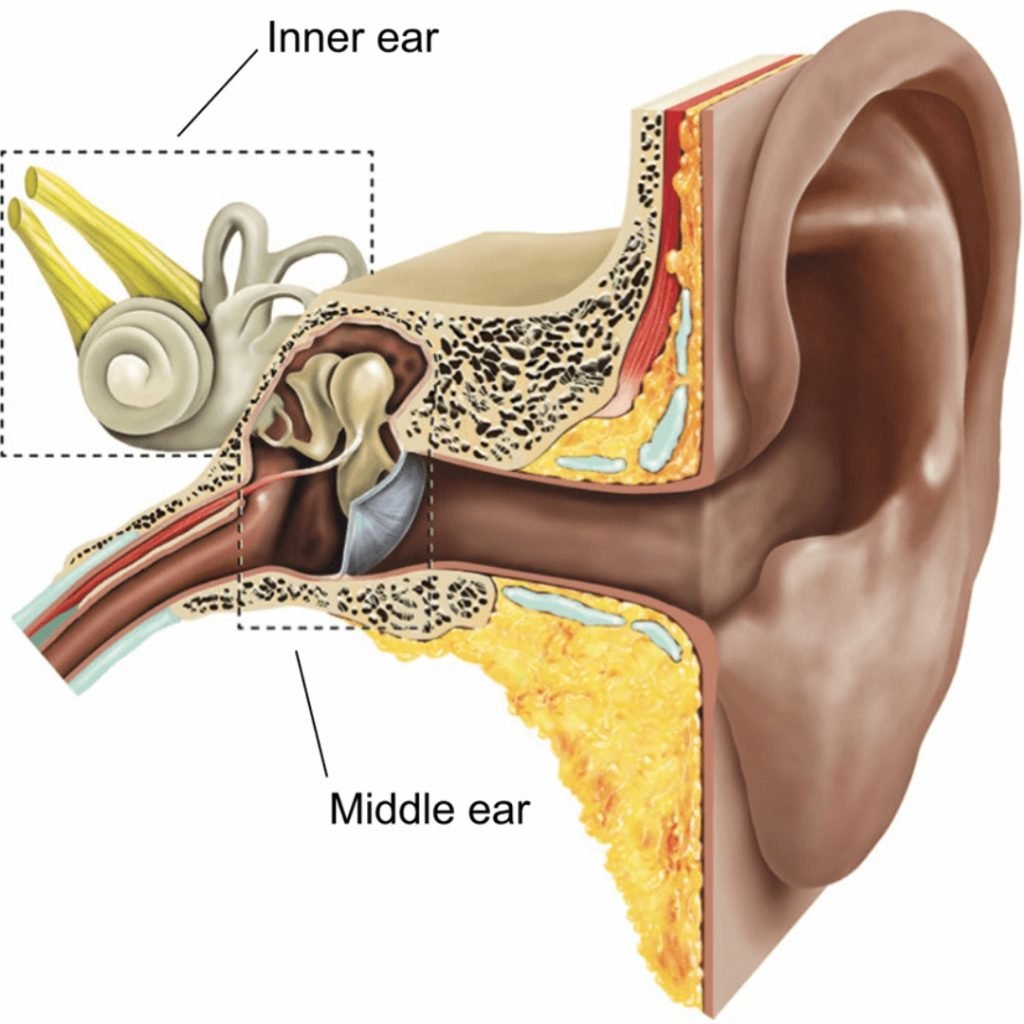All Departments
- Adenoidectomy
- Ear Infection
- Eardrum Surgery
- FESS ( Functional-Endoscopic-Sinus-Surgery)
- Mastoidectomy Surgery
- Myringotomy
- Nasal Polyps Surgery
- Septoplasty
- Sinus Surgery
- Stapedectomy
- Throat Surgery
- Thyroidectomy
- Tonsillectomy
- Tonsillectomy
- Turbinate Reduction
- Tympanoplasty
- Vocal Cord Surgery
Emergency Cases
917838450942
Stapedectomy
Best ENT clinics for Stapedectomy
The greatest facility for cutting-edge, minimally invasive operations for a range of ENT issues, including stapedectomy, is Doxtreat. It is one of India’s biggest and best surgical providers.
Expert ENT experts at Doxtreat Healthcare have a wealth of knowledge and experience treating ear issues non-surgically and conventionally. Also, it collaborates with the top ENT clinics and clinics in the majority of significant Indian cities to provide cutting-edge care.
All patients who get care from Doxtreat are also given access to auxiliary services, such as free consultations, free transportation, and free meals. Call us right now to schedule a free consultation with one of the best ENT specialists in your area.

Which diagnostic tests are necessary before Stapedectomy?
Before a stapedectomy, several diagnostic tests are necessary to assess the patient’s hearing loss and determine if they are a good candidate for the procedure. These tests may include:
Pure-tone audiometry: This test measures the patient’s hearing ability by presenting pure tones at different frequencies and volumes.
Tympanometry: This test measures the movement of the eardrum in response to changes in air pressure and can help to detect problems with the middle ear, such as fluid accumulation.
CT or MRI scan: These imaging tests can provide detailed images of the ear structures and help to identify the presence of any abnormalities or conditions that may affect the surgery.
Speech audiometry: This test evaluates the patient’s ability to understand speech at different volumes and in different background noise levels.
Electrocochleography (ECoG): This test measures the electrical signals generated by the cochlea in response to sound stimuli and can help to diagnose certain types of hearing loss.
Hearing aid trial: If the patient has significant hearing loss, a hearing aid trial may be recommended to determine if the hearing can be improved without surgery.
The specific tests required may vary depending on the individual case and the preferences of the surgeon. It is important for patients to discuss their medical history and any concerns with their healthcare provider to ensure that they are fully informed about the procedure and the necessary tests.

How to prepare for a Stapedectomy?
Before a tonsillectomy, it is important to follow your healthcare provider’s instructions carefully to ensure a safe and successful surgery. Here are some general tips for how to prepare for a tonsillectomy:
Consult with your healthcare provider: Discuss any medical conditions or medications you are taking that may affect the surgery or recovery process. Your healthcare provider may ask you to stop taking certain medications, such as blood thinners or aspirin, for a period before the surgery.
Plan for time off: Tonsillectomy requires a period of recovery, so plan to take time off work or school to allow yourself to rest and heal.
Arrange for help: You may need assistance with daily activities, such as cooking, cleaning, or caring for children, during the recovery period. Arrange for a family member or friend to help you as needed.
Follow preoperative instructions: Your healthcare provider may ask you to fast for a period before the surgery or to avoid certain foods or drinks. Be sure to follow these instructions carefully to avoid complications during the surgery.
Stop smoking: Smoking can increase the risk of complications during and after the surgery. If you smoke, try to quit before the surgery and avoid smoking during the recovery period.

What happens during a Stapedectomy?
During a stapedectomy, the surgeon removes the stapes bone and replaces it with a small prosthesis. Here are the general steps of the procedure:
Anesthesia: The patient is given a local or general anesthesia to ensure that they are comfortable and pain-free during the surgery.
Incision: The surgeon makes a small incision behind the ear to access the middle ear.
Removal of the stapes bone: The surgeon carefully removes the stapes bone using microsurgical techniques.
Preparation of the prosthesis: The surgeon prepares a small prosthesis made of either metal or plastic material, which will replace the stapes bone.
Placement of the prosthesis: The prosthesis is carefully inserted into the position previously occupied by the stapes bone, allowing it to transmit sound vibrations to the inner ear.
Closure: The incision is closed with sutures, and a small bandage is applied.
The procedure usually takes about one to two hours to complete, depending on the extent of the surgery and the patient’s individual needs. After the surgery, the patient is monitored in the recovery room for a short period before being discharged.

When is Stapedectomy required?
A stapedectomy is a surgical procedure used to treat hearing loss caused by a condition called otosclerosis, which affects the tiny bones in the middle ear. Otosclerosis is a condition in which the stapes bone, one of the three small bones in the middle ear, becomes fused to the surrounding bone tissue, preventing it from vibrating in response to sound waves.
A stapedectomy may be required when hearing loss caused by otosclerosis is severe enough to interfere with daily activities and cannot be improved with hearing aids or other treatments. Some of the signs and symptoms of otosclerosis that may warrant a stapedectomy include:
Gradual hearing loss, typically starting in one ear and progressing to the other.
Tinnitus, or ringing in the ears.
Vertigo or dizziness, although this is less common.
Difficulty hearing in noisy environments or understanding speech.
A family history of otosclerosis.

How can Stapedectomy benefit you?
Stapedectomy can benefit you in several ways:
Improved hearing: Stapedectomy can improve your hearing by restoring the movement of the stapes bone, which can result in better transmission of sound waves to the inner ear.
Reduced tinnitus: Tinnitus is a condition characterized by ringing or buzzing in the ears. Stapedectomy can reduce the severity of tinnitus, and in some cases, it can eliminate it altogether.
Improved quality of life: Improved hearing can enhance your ability to communicate with others and enjoy social activities, leading to an improved quality of life.
Long-lasting results: Stapedectomy is a long-lasting solution for hearing loss caused by otosclerosis. Once the prosthesis is in place, it rarely needs to be replaced.

When is a Stapedectomy not recommended?
A stapedectomy is not advised in some situations, such as:
Patient has already lost all hearing in one ear.
The patient’s ear is severely swollen and filled with fluid.
positive Schwartz sign/pink Flemingo’s sign indicates the presence of active otosclerotic foci (otospongiosis).
Ehlers-Danlos Syndrome-related conductive deafness (EDS)
Patient’s eardrum is considerably retracted.
Diabetes or other health issues
a little hearing loss
Present ear infection
Inner ear malformation Individuals at high risk for future head traumas, such as boxers, wrestlers, etc.

What to expect after the Stapedectomy?
Do not be alarmed if there is no improvement in hearing right away following surgery; it often takes 3–4 weeks for people to perceive a change.
During a few days following surgery, the majority of patients have minimal pain or discomfort. The patient’s pain may usually be managed with over-the-counter pain relievers, but if the pain is severe, it may indicate postsurgical problems, and the patient should see a doctor very once.
Nowadays, the majority of patients are discharged the same day, and for the first several days, rest and extremely light exercise are advised. Although a full recovery may take up to 6 weeks, the majority of patients are able to resume their normal daily activities considerably sooner.
You can put tiny cotton balls in the ear to absorb any bloody discharge that may come out in the first few days. Your surgeon could suggest using antibiotic drops to prevent infection if there is any indication of it.
Within the first few days, some patients may also experience shakiness, numbness around the ear, and popping, clicking, or pulsing sounds inside their ears.
Following the procedure, patients must refrain from exerting excessive force, causing ear canal discoloration when coughing or sneezing, and introducing anything into the ear canal until they are fully healed.
